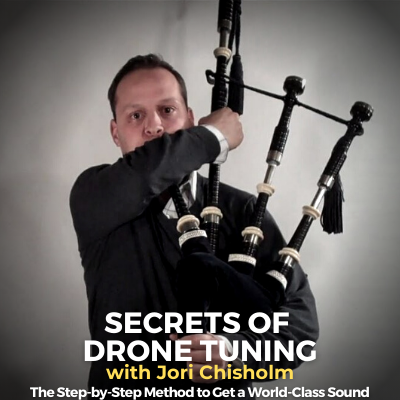AS FEATURED IN

Oops! I'm sorry the page you are looking for does not exist.
Here are some pages that you might be looking for:
Sign Up for Our Mailing List
Stay connected with us to receive updates on new material, special sales and product releases!
Join the Inner Circle
Gain access to weekly interactive live sessions with Jori, a huge Lesson Library and our private Facebook group.
Lesson Downloads
View our downloadable packages, including 70+ tune lessons, master classes and 20+ pipe band sheet music packages.Free Resources
New to piping? Advanced competitor? We have free resources to help you improve.
Events & Updates
Stay in the know about past and upcoming events, competitions and publications.One-on-One Lessons
Looking for a bagpipe instructor (in-person or virtual?) to advance your skill set? We’re happy to help!Online Courses
Our premium online courses are designed to be user-friendly and easy to follow for all.
Video Resources
Watch and learn to play the bagpipes from a selection of Jori’s free videos, Q&As and announcements!







